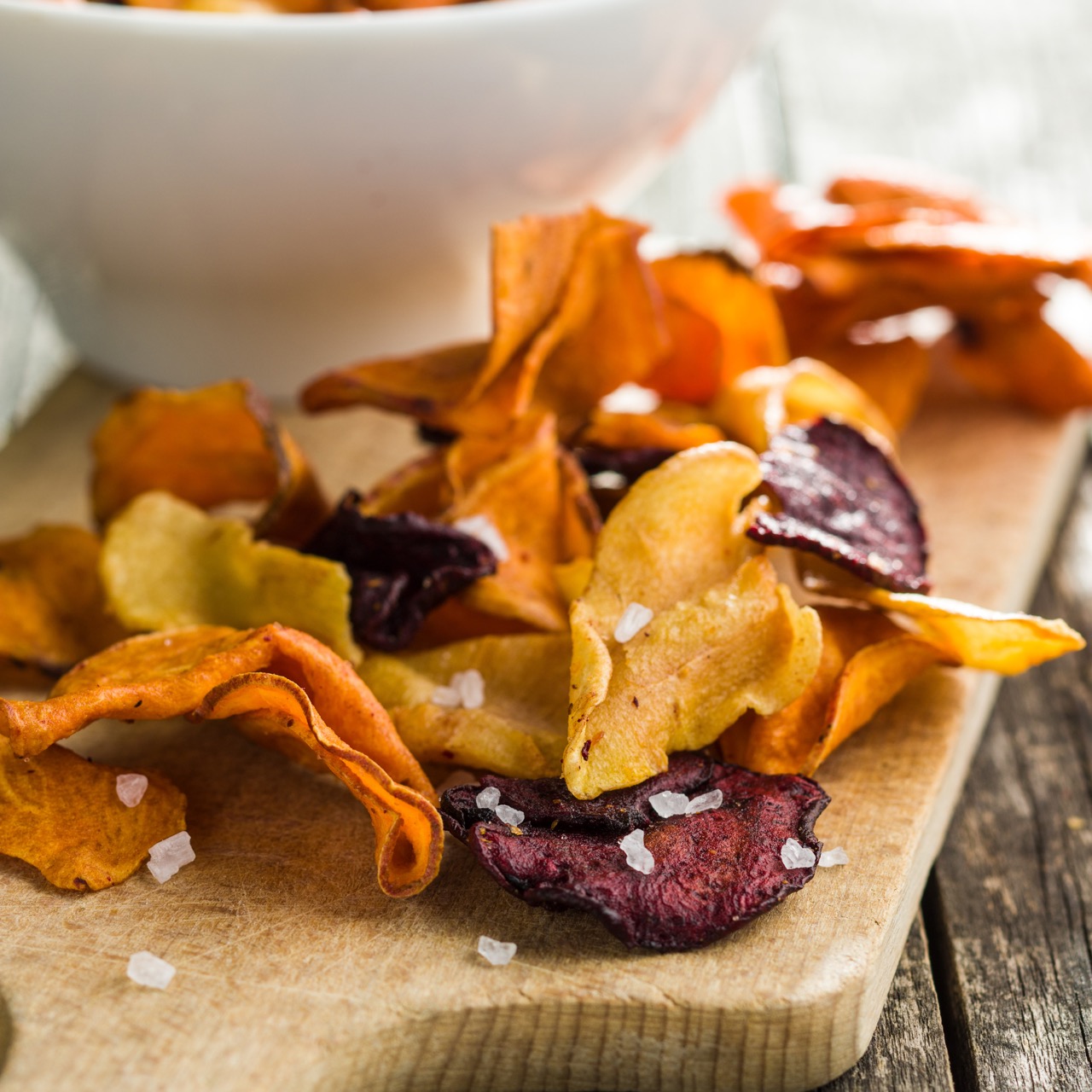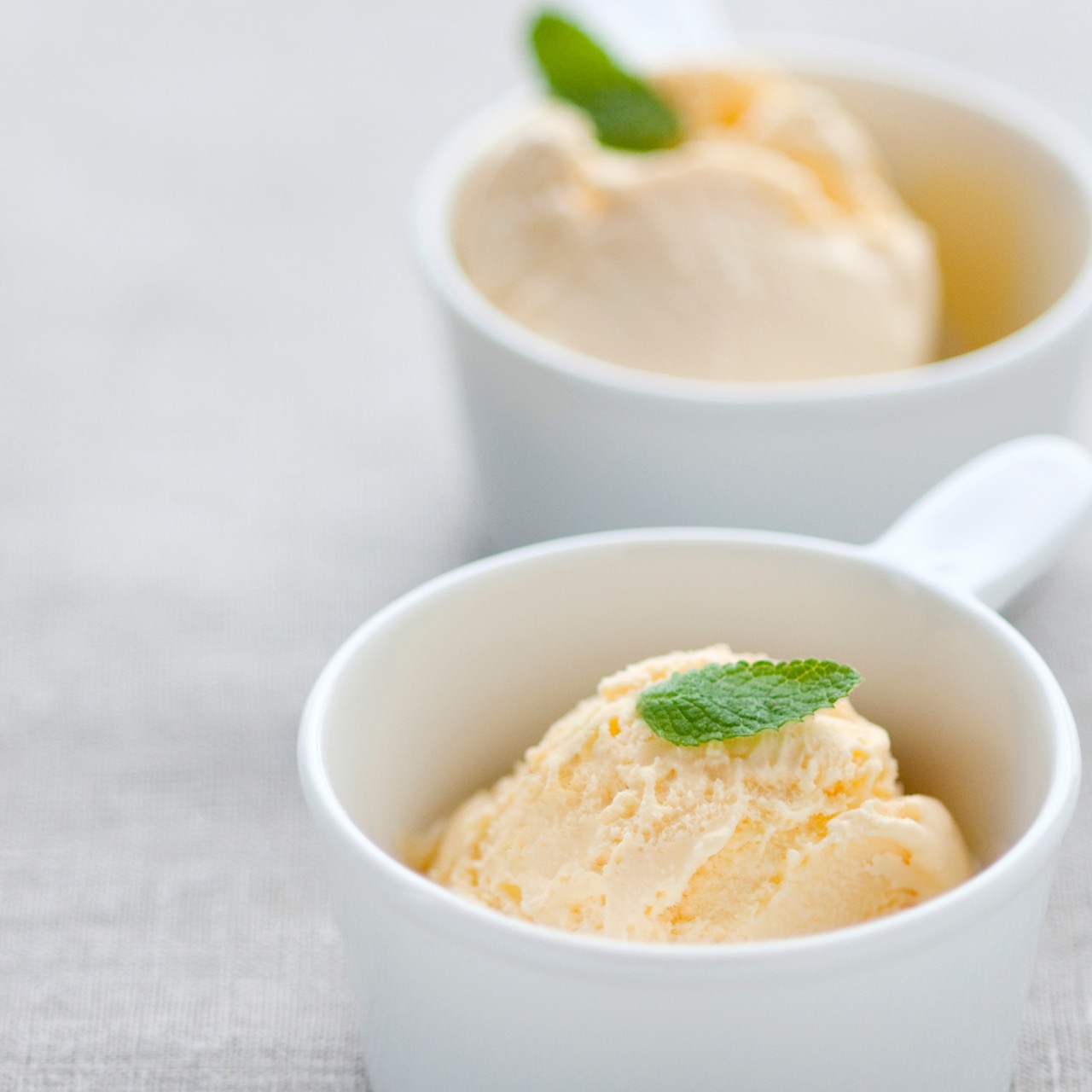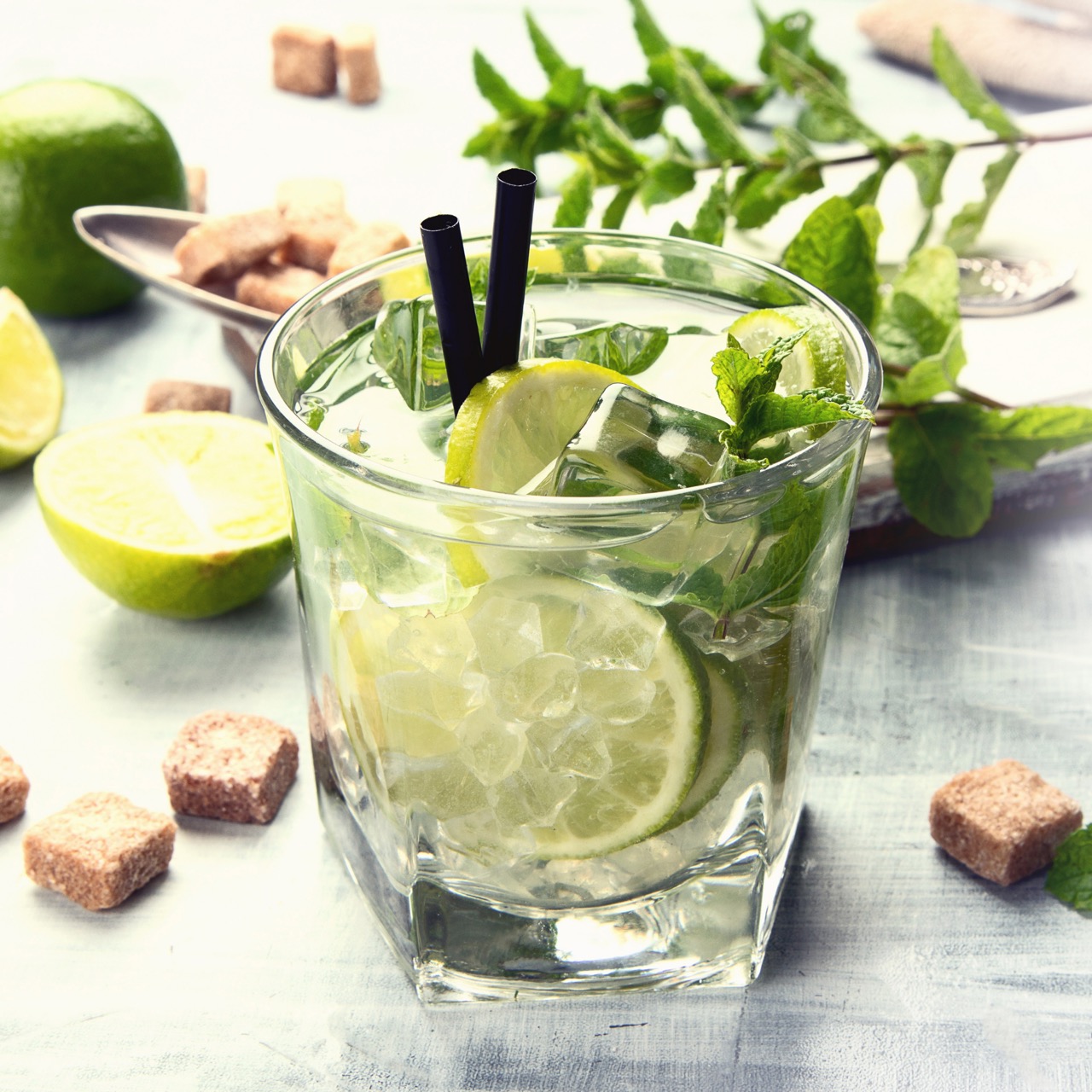This website uses cookies so that we can provide you with the best user experience possible. Cookie information is stored in your browser and performs functions such as recognising you when you return to our website and helping our team to understand which sections of the website you find most interesting and useful.
Permissible Indulgence
The pandemic has accelerated the consumer demand for indulgent sweet treats to provide sensory pleasure, comfort, nostalgia, and mood-improvement. The rising interest in healthier formulations, however, is driving the market for “permissible indulgence”, that is, indulgent products with a guilt-free appeal or an ingredient and nutritional callout that conveys an indulgent yet healthy appeal.
Today’s consumers are increasingly educated, but are unwilling to trade an indulgent, rich, and rewarding taste experience for a healthier or functional food or beverage item. According to CSSI, 77% of consumers want to do more to stay healthy, but still seek to indulge in foods that are comforting and familiar, particularly in stressful times. Previously occasional indulgence has become a regular part of everyday lifestyles in the wake of coronavirus, and it offers brands new ways and opportunities to engage with their consumer base, and to go beyond smaller portion-sizes or traffic light labelling. Food and beverage treats have become almost indispensable elements of physically and emotionally balanced lifestyles, according to a Mintel report, and there are different ways and tactics that brands can use to provide a rewarding, flavourful yet healthy experience to their consumers.

Low Sugar
For decades public authorities as well as health professionals have warned against the detrimental effects of sugar consumption on health. Over the last several years, consumers have started to adopt a notable shift in their purchasing and consumption behaviour, increasingly demanding low-sugar products across multiple categories. Sugar and sugar reduction has been one of the most discussed topics in different countries and regions worldwide recently and is set to continue for the years to come, especially with talk of sugar taxes gaining momentum. According to the World Health Organization guidelines, no more than 10% of our daily energy intake should come from added sugars, as they are recognised as one of the major contributors to the increase in diabetes and obesity rates. According to a 2021 Mintel research, three out of five consumers worldwide are choosing reduced or no-sugar products out of health concerns. The low-sugar market, defined by a sugar content per serving of 3g or less, has rapidly gained momentum, along with a steady growth in the demand for natural sweeteners. Some categories are more active than others: cereal and nutritional bars, for instance, have as many as 1/3 of all references claiming a low-no sugar content, and sales of better-for-you bar outpaces those of standard, high-sugar references. Other traditionally indulgent categories, such as cookies, chocolate, and sweet confectionery, are still in the early stages of low-sugar innovation, but a recent Euromonitor research cites sugar reduction as one of the top health priorities of consumers worldwide, alongside a growing loss of trust in artificial sweeteners.

Low-Salt
Similar to sugar reduction, research on hypertension has led to expanded understanding of how high salt/sodium content in foods can affect our body in the long run, and voices have risen from authorities and health professionals alike to call for clearer guidelines and awareness campaigns. In the long run, a high salt intake can lead to increased stroke or cardiovascular disease risk, on top of other chronic health issues. As consumers are increasingly aware of how what we eat impacts our inner balance and health, as well as our planet, market demand for sustainable, regenerative, plant-based, and immunity-friendly or boosting food and beverages is growing. Again, the World Health Organization is advising on how to reduce our salt intake when at home, by not adding it during the preparation of food, not having a saltshaker on the table, limiting the consumption of salty snacks, and choosing packaged products with lower sodium content. However, we know that reducing salt in foods affects the sensory experience in multiple ways, adversely changing the characteristic flavour and mouthfeel of a product. And we know how consumers are unwilling to trade taste for healthier options!

Low-Fat
Fat intake is another big discussion item in today’s consumer landscape. We know that certain fats are linked to negative effects on heart health, but we also know that other fat types offer significant health benefits. Fat is an essential nutrient for our diets, as protein and carbohydrates, but fats also play a strong functional role in product formulation, affecting the overall mouthfeel, flavour release and taste. High “bad” or saturated fats intake increases the bad cholesterol levels and has a negative impact on our hearth health, but we know from nutritionists that we need at least 30% fat in our diets for optimal health. What has this got to do with permissible indulgent formulations? Consumers’ preference is rapidly shifting towards a holistic approach to food intake, and predictions are for keto diets to be rapidly fading in favour of healthier, more balanced, high protein, low carb, and increasingly plant-based or flexitarian food systems.

No-Lo Drinks
In 2021 0% ABV spirits have received more interest than any other spirits category. Spirits giants are predicting a 400% growth in the NOLO market over the next four years. General wellbeing is the driving factor for the trend towards alcohol reduced drinks, with calorie reduction and mindful drinking at the front of consumers’ minds. Consumers wish to boost their immune health, by improving their diet and reducing their alcoholic consumption.

